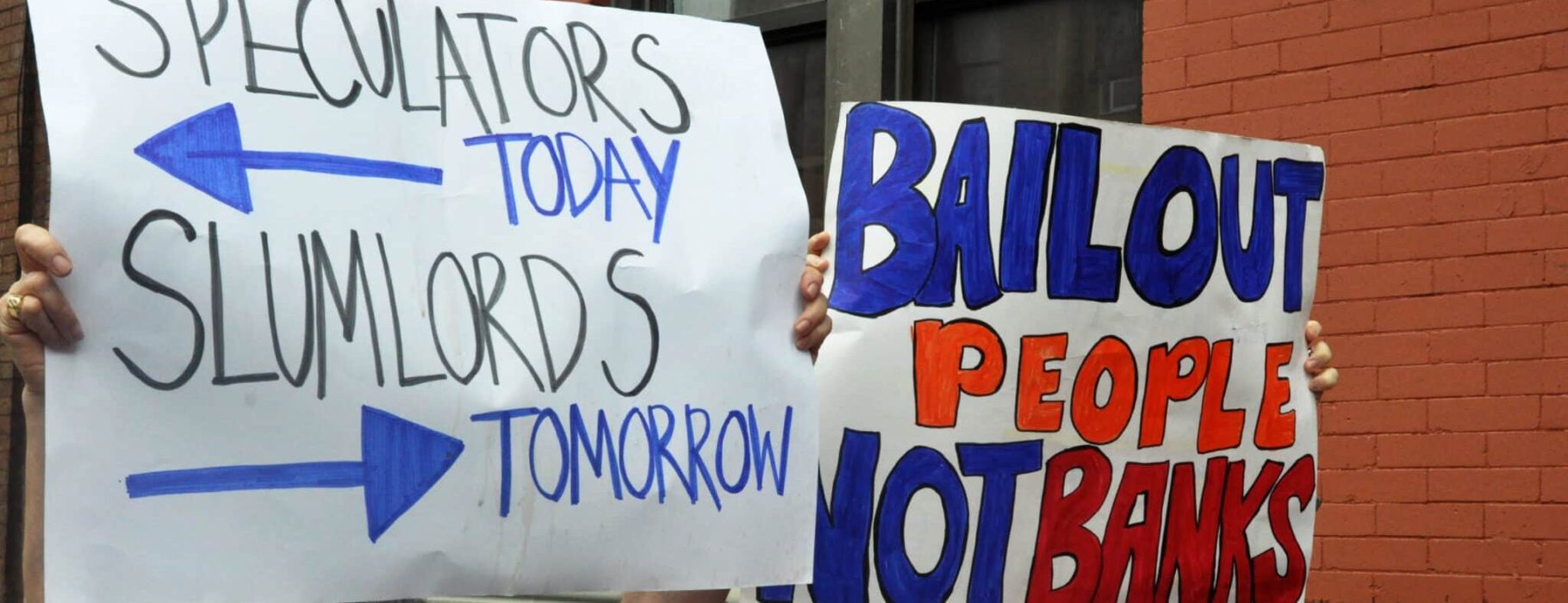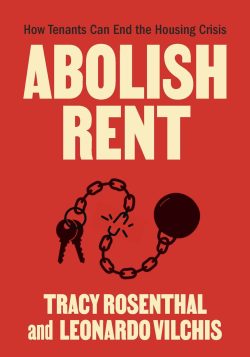In Abolish Rent: How Tenants Can Solve the Housing Crisis, Tracy Rosenthal and Leonardo Vilchis describe tenant organizing in Los Angeles, California and raise critical questions about the nature of the housing problem and the purpose and role of public policy. In their account, “rent is the crisis” because in order to secure rent “the entire real estate industry relies on privatizing a common resource (land), hoarding a human need (housing), blocking public intervention or competition, and maintaining a captive market of tenants to exploit.”1Tracy Rosenthal and Leonardo Vilchis, Abolish Rent: How Tenants Can Solve the Housing Crisis (Chicago: Haymarket, 2024), 12. Rosenthal and Vilchis’s theory of change is rooted in tenants’ struggle to control their housing, while the “power to effect policy change has been hoarded among professional experts and elites.”2Rosenthal and Vilchis, Abolish Rent, 83. When policymakers and experts view the role of state power vis-à-vis the market, then policy’s purpose is for underwriting landlords’ power in the provision of housing. Rosenthal and Vilchis demonstrate that policymaking runs into the problem of “the market as prison,” where any policy that curtails the real estate industry’s power and prerogative will be effectively vetoed by the industry’s threat to tenants (tenant screening, increased rents, eviction) and/or market exit (hoarding).3C. E. Lindblom, “The Market as Prison,” Journal of Politics 44, no.2 (1982): 324–36, https://doi.org/10.2307/2130588. While Abolish Rent’s principal audience is not policymakers, the book nonetheless offers a perspective on the housing crisis and the role of the state that can be used to problematize and reconstruct how policymakers and experts address housing problems.
As founders of the Los Angeles Tenants Union (LATU), Rosenthal and Vilchis are a part of one of the most significant developments in housing social movements in the United States in one hundred years. With three thousand households organized into twelve local chapters across more than a hundred tenants associations, LATU traces “the city’s sprawl with our own.”4Rosenthal and Vilchis, Abolish Rent, 5. Organized into these “units of power,” the chapters in Abolish Rent describe how LATU tenants associations have campaigned against public housing demolition, organized for building repairs, created safe walking routes to school for children, and fought against aggressive policing of undocumented workers across jurisdictions in the LA region. These organizing efforts drove policy change, emphasizing Rosenthal and Vilchis’s view of the state as a site of political struggle. Indeed, Abolish Rent makes a case for policy beyond market reform and instead for “policy outcomes as way stations of tenant power.”5Rosenthal and Vilchis, Abolish Rent, 31. What might it look like for policy to be reoriented around the abolition of rent in this sense? Rosenthal and Vilchis describe four key organizing strategies for winning tenant victories that are relevant for policymaking and expertise, including building community, organizing units of power, (re)claiming space, and allowing for experimentation and learning.


